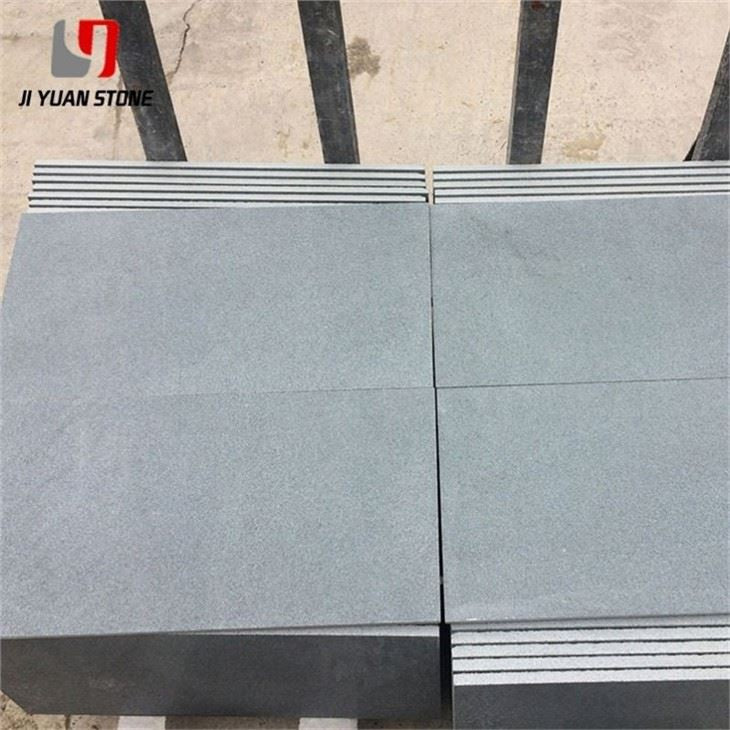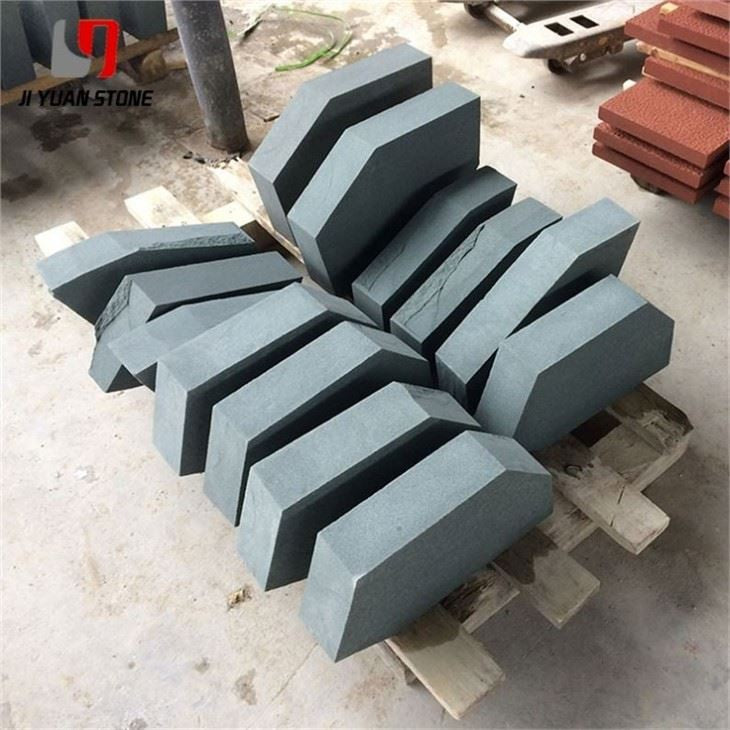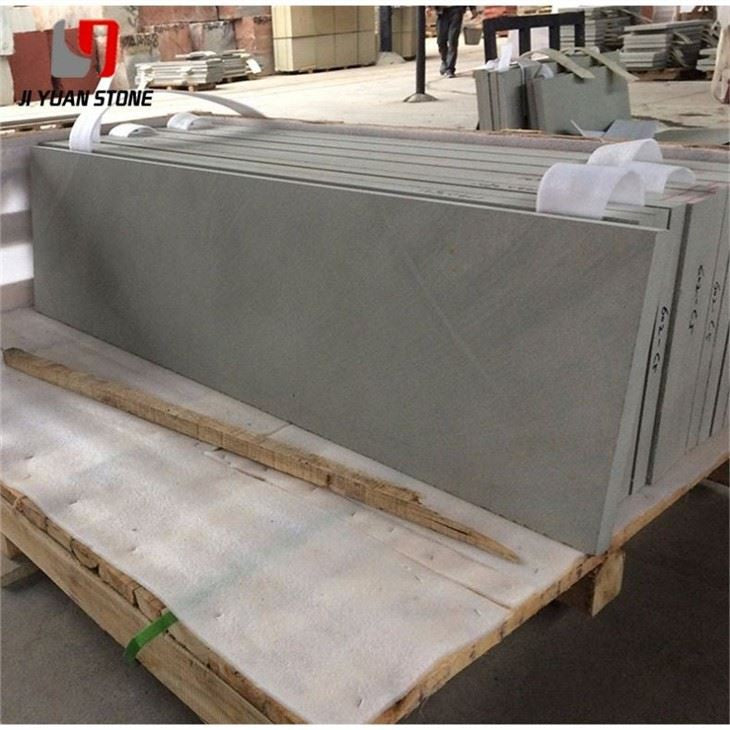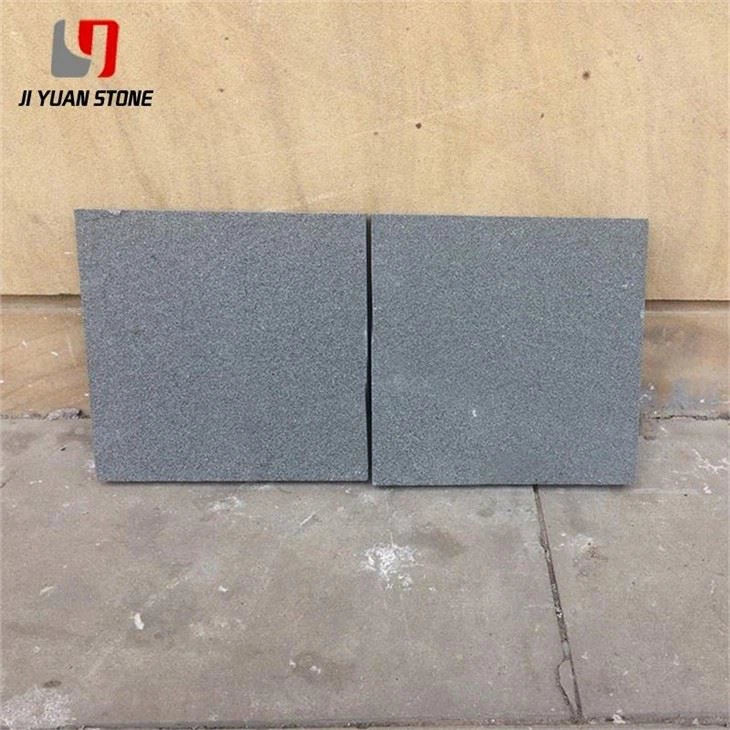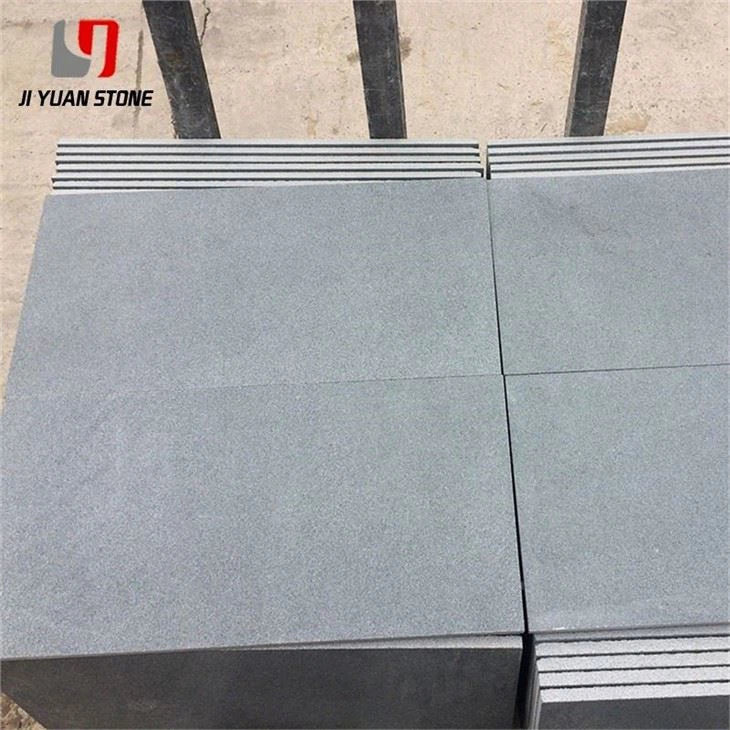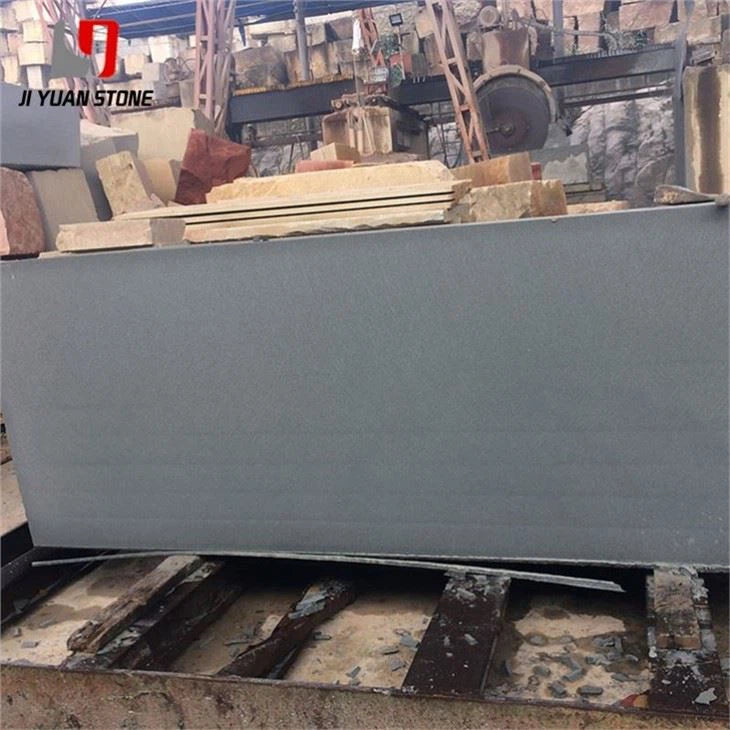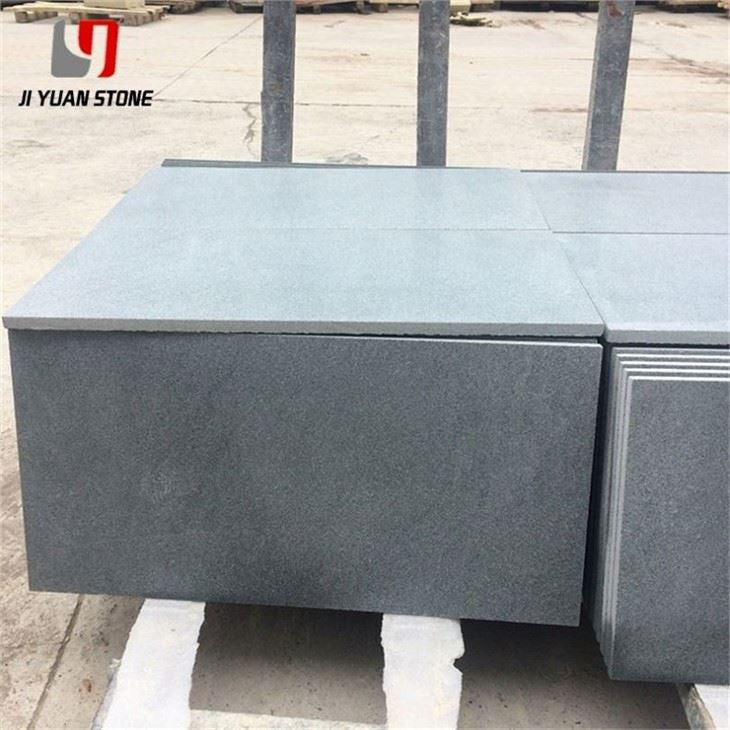Gray Sandstone Steps
Gray Sandstone Steps
These Gray Sandstone Steps are a durable and visually appealing addition to any outdoor space. Made from high-quality sandstone, these steps offer both functionality and aesthetic appeal. With their neutral gray color, they blend seamlessly with any landscaping design. Elevate the look of your outdoor area with these stylish and sturdy steps.
| Feature | Details |
|---|---|
| Material | Natural Sandstone |
| Surface Finished | Honed, Flamed, Bush-hammered, Nature, Mushroom, Swan etc |
| Finished Products | Floor tiles, Wall cladding, Countertops, Windowsills, Special-shaped tiles, Small slabs, Swimming pool, Steps, Wall panel, Flooring, Veneers, Slabs, Coping tiles, etc |
| Color | Yellow, Black, White, Red,Purple Wood, green,Grey,Rainbow etc |
| Finished | Honed, Split, Sandblasted, Sawn, Antiqued, Pineapple, etc. |
| Quality details |
|
| Usage | For internal & external decoration and construction, Walling or flooring tile. |
| Edgeing | Full Bullnose, Half bullnose, Flat eased (eased edge), Bevel top, Radius Top, Laminated Countertop, Ogee Edge, DuPont, Edge, Beveled or others. |
| Size | Standard (But if you have special requirements, you can consult our CSA.) |
| Surface Finish | Polished, Flamed,Honed, Bush Hammered-sandblast, Chisselled. |
| Package | Fumigation wooden crates;Slab:fumigation wooden bundles |
| Payment | T/T 30% Deposite |
The Role of Pressure Dissolution in Sandstone Formation
Some sedimentary structures are the result of pressure dissolution, such as suture construction—a structure commonly found in gray sandstone steps.
One characteristic feature is a zigzag curve in section, giving the surface an uneven appearance. These irregularities are further enhanced by dissolution-agglutination products, like tortoise stones—a special kind of diagenetic nodule with a polygonal surface, concentric rings, and radial veinlets. This pattern, resembling a turtle’s back, is named accordingly.
Beyond geological processes, biological activity also plays a crucial role in shaping and transforming sedimentary structures. Life activities can form and alter primitive sedimentary bedding, sometimes destroying original structures. In massive, homogeneous gray sandstone steps, internal structures may not be visible, yet life processes lead to specialized formations such as biobedding (stromatolite structures), insect tracks, and wormholes.
The Use of Sandstone in Architecture
Excavated on-site and used in construction, sandstone has been a historically significant material. Malik Architecture’s project in Rajasthan, India—a region synonymous with sandstone—revives its traditional usage. Over the past few decades, sandstone has been relegated to aesthetic facades, overshadowing its robustness and sustainability. This project seeks to restore the grandeur of past centuries, utilizing only sandstone as the primary building material.
Share


